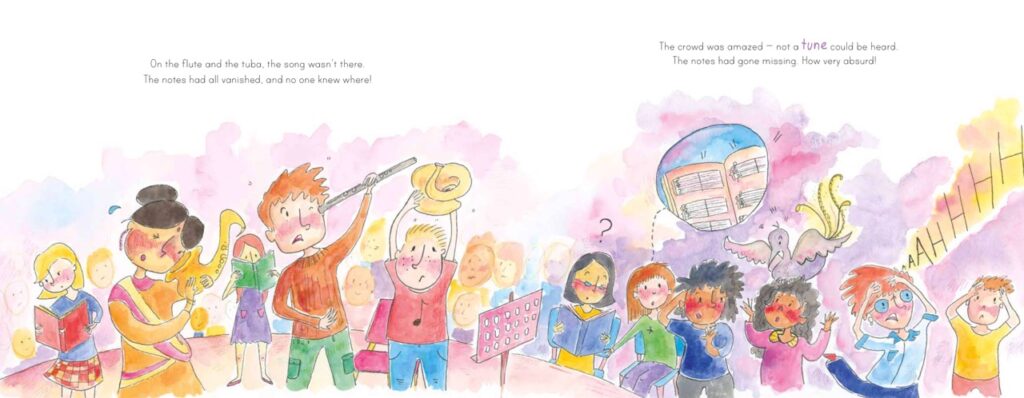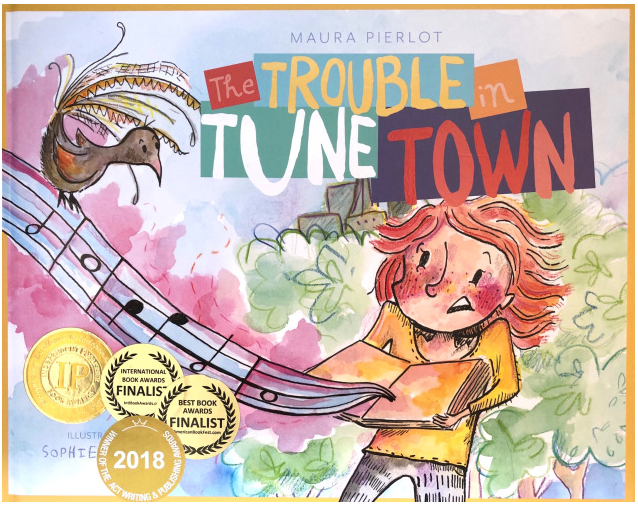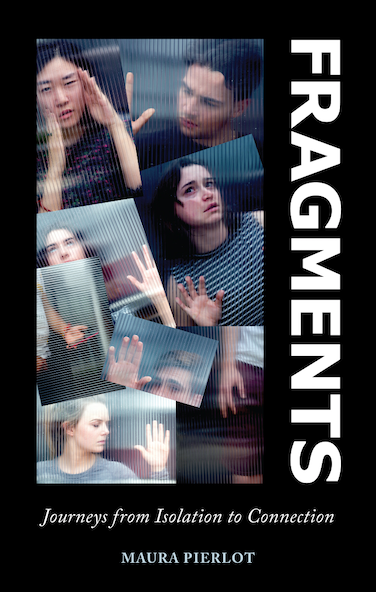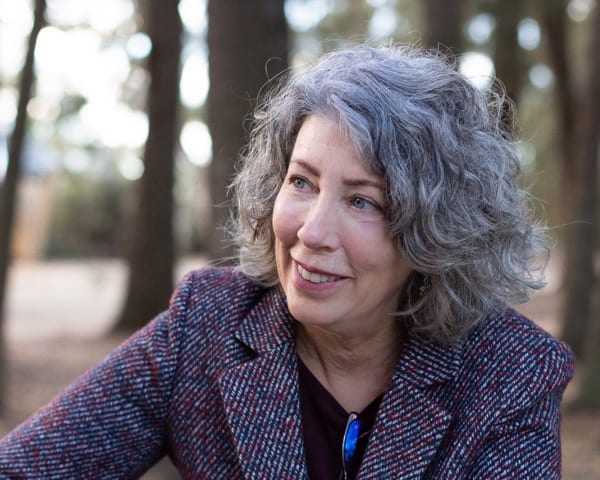Maura Pierlot finds inspiration for her picture books, young adult fiction and plays in everything around her, particularly The Arts. A committee member with the ACT branch of the Children’s Book Council of Australia, Maura Pierlot is active in the Children’s Literature industry in Canberra as well as being involved in The Street Theatre. The award-winning picture book, The Trouble in Tune Town, by Maura Pierlot, was inspired by her children’s love of music and she is happy to share the joy of music and other areas of The Arts with school students of all ages.
Maura Pierlot offers golden advice below to inspire your students to engage with The Arts in new and innovative ways. Apart from The Arts, where do you get your inspiration, or your ideas, for your writing?
Inspiration and ideas come when least expected and often at the most inopportune times – when I’m trying to sleep, when I’m in the shower, and when I need to concentrate on another task at hand. I try to record as many as I can. I’m Queen of the Journals – seriously, I have so many notebooks I could open a stationery shop – and enjoy flicking through all the pages regularly. I also have a ‘brainstorming’ folder on my computer. I used to be daunted by the number of ideas until I realised that each one doesn’t need to lead to a specific writing outcome; in fact, the ideas inform and influence each other, bringing out the best flavours.

Like an idea stew – let simmer, stir occasionally and try not to burn!
Do you have any tips for students who might be struggling with the blank page?
I often struggle with a blank page too! Here are my tips (I do all these things).
- Choose your setting
Choose a good spot – try to find a nice location, not too hot and not too cold, with good natural light, if possible.
Take a seat – preferably in a comfortable, straight-backed chair.
Relax – take a deep breath, maybe play soothing music.
Minimise distractions – eat and drink something beforehand. Give your mind a chance to wander, and try not to get up for a while.
- Practise
Do some free-writing regularly. Sit with a pad of paper and write the first thing that comes into your head. The stranger, and sillier, the better. Add some drawings – it doesn’t matter if they’re not any good. Just let your mind flow. You’ll be amazed where it can take you.
- Choose your topic
Try to write about something that appeals to you, something you love. If you have to write about a certain topic for school, try to find something interesting about it. Picture you and your best friends as the characters, or two of your favourite action heroes or TV or game characters. Throw in a challenge or obstacle to overcome. Introduce a new character. Send your characters on a journey.
- Write
Write a draft of your story without worrying about how long it is or even how good it is. No one writes a good story straight off the bat. That’s why every writer needs to …
- Edit
Edit, then edit again and again and again. Give your story to friends or family to read and try to revise, where needed, to make sure your story achieves what you want it to.
- If you get stuck …
Get up, go for a walk, or kick a ball and come back to your story with a clear mind and new outlook.
Which of your books is your absolute favourite? Why?

That’s easy because I have one published book – The Trouble in Tune Town, launched in May 2018. I’ve often worried that picture books may have a short shelf life but I’ve found the opposite. Children and parents love a good story, whether old or new. When I visit schools, I’m amazed at young people’s endless curiosity and creativity. Students don’t care whether you’re a famous author or how many books you’ve written or sold. They just love that you’ve taken the time to visit and share your story. I’m still trying to get my young adult novel published. So many publishers have come close but it takes a brave, socially progressive publisher to back a funny, tragic, philosophical, ultimately hopeful work that touches on youth mental health issues – such an important, highly relevant topic of discussion in today’s world. I’m also very proud of my latest dramatic work, Fragments (casting the spotlight on youth mental health), which enjoyed a sellout season at The Street Theatre in Canberra during ACT Mental Health Month (October 2019).
Which of your characters is your favourite? Why?
I like all my characters but I love my YA novel’s protagonist, fifteen-year-old Harley. She’s funny and feisty … and complex. She presents such a brave front to the world but is far from strong, listening all too often to a destructive voice within. She falls head over heels for the new guy at school but when he friend zones her, she tries to become someone she’s not – the girl she thinks he’ll like. Soon she’s spiralling out of control, losing friends and disconnecting from family, even from herself – freefalling, without a lifeline – until someone she has known all her life but never really seen until that moment, steps out of the shadows to catch her.
I think we all have a bit of Harley in us. Maybe that’s why readers of all ages identify with her so strongly.
When you think about children reading your books, how does this make you feel? What do you want their ‘take-aways’ to be?
It still seems surreal when children (or their parents) tell me how much they love The Trouble in Tune Town. It means a lot to me because the story was inspired by my three musical children; they loved playing their instruments but didn’t like to practise each week. They sometimes found learning difficult in school; visual, oral and experiential styles suited them rather than listening to a lecture or reading a book. Unfortunately, schools don’t cater extensively to different learning styles (though I suspect this will change in the near future). I take heart in the fact that the book has entertained, and helped, so many families. The story’s nuanced message: ‘Practice doesn’t need to be a fight. If you’re having fun, then you’re playing all right’ encourages children to relax, learn from their mistakes and, above all, to have fun when tackling something new, whether music, maths, football, a new computer game – anything, really. It may sound trite, but the journey’s far more important than the destination – in school and in life. Sometimes we forget this.
As for reading purpose, I think it varies for each child. Every book that makes children laugh, learn, love, hope, think, understand or create has equal value. And the same book can mean quite different things when read at different times.
Our eldest didn’t like to read – he refused to read the ‘boring’ readers at school years ago – and essentially learned to read from Yu-Gi-Oh! cards. He was obsessed with this very strategic game, and to play well he needed to understand the name, ability and purpose of each character. That’s when he realised reading, and knowledge, is power.

New Release
In 2021, at the start of Mental Health Month and in the midst of Canberra’s lockdown, Maura launched Fragments – Journeys from Isolation to Connection, the script of her sell-out play. Consisting of a series of eight monologues, Fragments explores the issues faced by youth and is perfect for high schools wanting to address these issues in a safe environment.
For more information, check out the dedicated Fragments – The Play website.
For more information about the multi-talented Maura Pierlot, or to contact her if you want to make a school booking, visit her website.
Music is just one area of The Arts curriculum that can be explored through picture books or other forms of children’s literature. And, it’s not just the world of The Arts that can be explored – there’s science, maths, wellbeing, intercultural understanding. Let Just Right Words show you how to integrate The Arts and other curriculum areas into your writing lessons.
